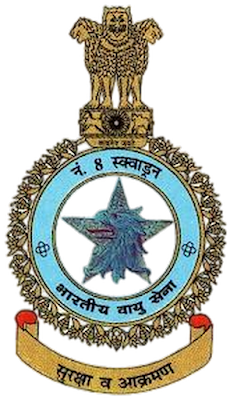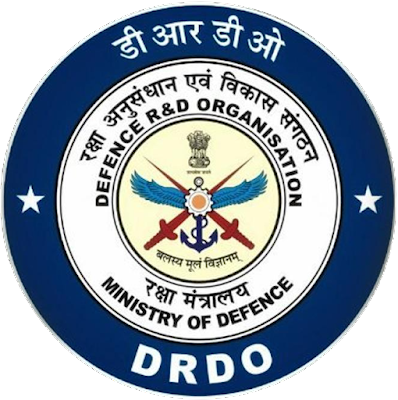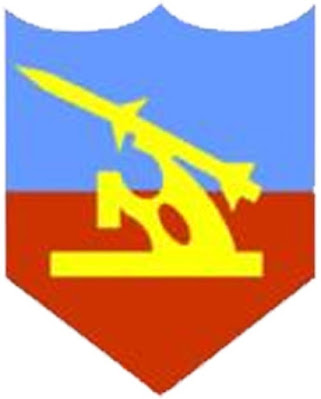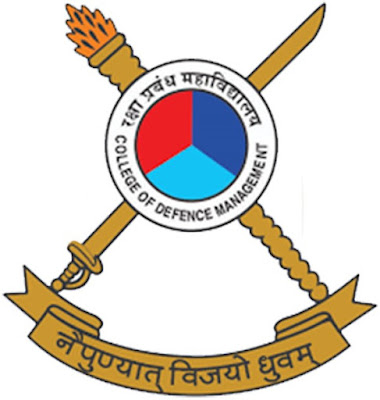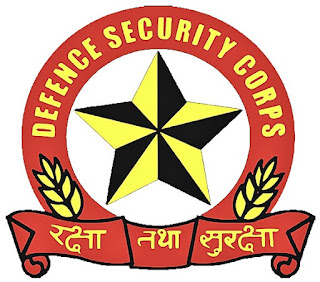AERO INDIA 2023

AERO INDIA 2023 Aero India is a biennial air show and aviation exhibition held in Bengaluru, India at the Yelahanka Air Force Station. It is organised by the Defence Exhibition Organisation, Ministry of Defence. The Defence Ministry of India, Indian Air Force, Hindustan Aeronautics Limited Defence Research and Development Organisation (DRDO), Department of Space, the Union Civil Aviation Ministry and other such organisations organise the Aero India show. The first edition of the air show was held in 1996. Subsequently, Aero India has emerged as a significant military aviation exhibition. The emblem of the show is a tricolour patch of Reuleaux triangle triangle holding an image of a fighter jet super imposed by Ashoka Chakra. The year, name of the show and its tagline are written below.

